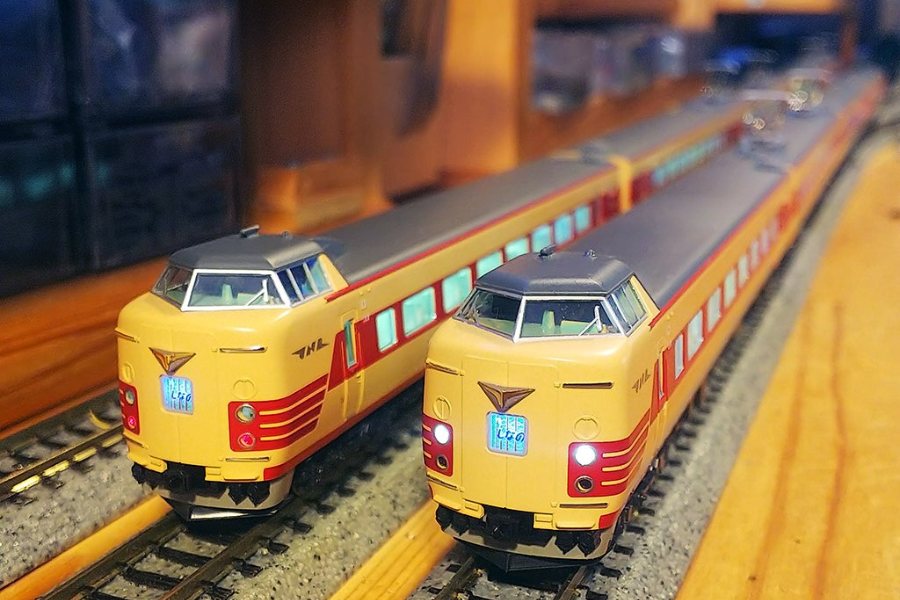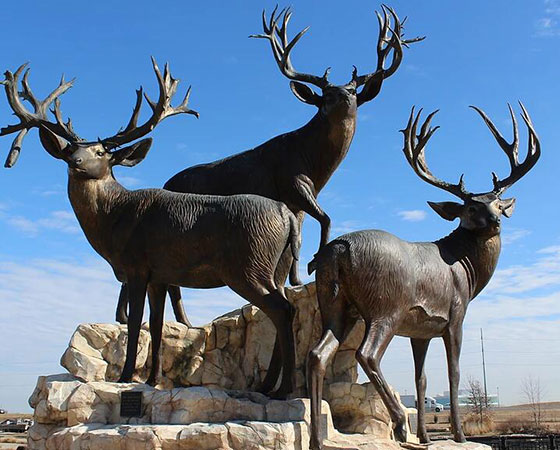
Kato 381 Series Weathering
For model train enthusiasts, achieving realism is a top priority when creating stunning displays. Among the most admired models is the Kato 381 Series, known for its intricate design and its connection to Japan’s iconic tilting trains. If you’re eager to elevate your model train experience, weathering the Kato 381 Series is an effective way to add realism, character, and a sense of history. This guide will take you through the tools, methods, and advantages of Kato 381 Series weathering, offering a simple and detailed approach.
What Does Weathering Mean in Model Railroads?
In the context of model trains, weathering refers to the technique used to simulate the natural wear and environmental effects that real trains experience over time. This includes methods like airbrushing, dry brushing, and using powders to replicate dirt, rust, grime, and other realistic weathering effects. When applied to the Kato 381 Series, these weathering techniques help bring out the model’s fine details, turning it into a convincing and lifelike replica.
Why Should You Focus on Weathering the Kato 381 Series?
The Kato 381 Series has earned recognition among collectors for its precise depiction of Japan’s famous express trains. By weathering this particular model, you can:
- Accentuate distinctive features such as the roof, bogies, and tilting mechanism.
- Add texture and realism to the model’s otherwise pristine factory finish.
- Craft a unique, personalized display piece that conveys a narrative of its own.
Essential Tools for Kato 381 Series Weathering
Before beginning the weathering process, make sure you have the following essential tools at your disposal:
- Airbrush:
This tool allows for precise layers of paint to simulate grime, dirt, and other effects.
- Weathering Powders:
These are perfect for creating realistic rust, dust, and soot on your model.
- Panel Line Washes:
Used to emphasize the model’s crevices and add depth to intricate features.
- Dry-Brush & Fine Brushes:
Ideal for applying subtle paint to smaller or detailed areas.
- Masking Tape:
Helps protect sensitive areas such as windows and lights from unwanted weathering.
- Matte Sealant:
To lock in your weathering effects and provide a protective coating.
Step-by-Step Process for Weathering the Kato 381 Series
Preparation
Start by thoroughly cleaning your Kato 381 Series model to remove any dust, oils, or debris that could interfere with the weathering process. Use masking tape to shield areas like windows and logos that you don’t want to weather. A light coat of matte finish as a base will ensure better adhesion of the weathering materials.
Basic Weathering Techniques
- Dry-Brushing: This technique involves using a dry brush to apply a light layer of paint to the edges of your model, simulating wear and tear. Metallic shades are particularly effective for handrails and footplates to suggest aging.
- Airbrushing: Using an airbrush, apply thin, controlled layers of grime-colored paint to the undercarriage and bogies. Focus on achieving smooth gradients for a natural, weathered appearance.
Advanced Weathering Techniques
- Rust Effects: For areas likely to experience corrosion, like vents and joints, apply rust-colored powder or paint to simulate the natural buildup of rust over time.
- Streaking Effects: Use a fine-tipped brush and dilute your paint to create vertical streaks along the body of the train, simulating the run-off from rain or dirt.
- Panel Line Detailing: A panel line wash is perfect for accentuating recessed areas and intricate details. After applying, wipe away any excess paint, leaving only the wash in the crevices.
Final Touches
To add extra authenticity, apply oil stain effects near the train’s moving parts using gloss paint. Dust the roof and lower sections of the model with earth-toned powders to replicate dirt buildup over time. Finish the process by sealing everything with a matte finish spray, which will protect your work and enhance its durability.
Common Mistakes to Avoid During the Kato 381 Series Weathering Process
- Overdoing It:
Applying too much dirt or rust can obscure the model’s details and detract from the overall effect.
- Skipping the Sealant:
Neglecting to use a sealant may result in smudging or fading of the weathering effects over time.
- Using the Wrong Materials:
Ensure that all paints and powders are safe and compatible with plastic models to avoid damaging your Kato 381 Series.
Displaying Your Kato 381 Series Weathering Masterpiece
Once your weathering is complete, it’s time to showcase your efforts. Here are some ideas for displaying your enhanced model:
- Photography:
Capture your weathered Kato 381 Series in a well-lit environment to highlight its fine details.
- Diorama Creation:
Place your model within a realistic diorama for added context, enhancing the storytelling aspect of your display.
- Community Sharing:
Share your work on social media platforms or model train forums to inspire other hobbyists and receive feedback.
Key Facts about Kato 381 Series Weathering:
- Realism Enhancement:
Kato 381 Series weathering involves simulating wear and environmental effects like rust, grime, and dirt, which makes the model appear more realistic and closely resembles real-life trains that experience constant exposure to the elements.
- Techniques Used:
Various weathering techniques such as dry-brushing, airbrushing, and applying weathering powders are commonly used to achieve a detailed and authentic appearance, especially for areas like the undercarriage, roof, and bogies of the Kato 381 Series.
- Customizing Your Model:
Weathering allows for personalizing the Kato 381 Series, turning a factory-finished model into a unique, one-of-a-kind piece that reflects the wear and history of a real train, making it stand out in any model train collection.
- Materials Required:
Essential materials for Kato 381 Series weathering include airbrushes, weathering powders, panel line washes, dry-brush brushes, masking tape, and matte sealant, all of which help in achieving detailed and long-lasting weathered effects.
- Increased Detail and Depth:
Weathering techniques can highlight intricate details like the tilting mechanism, roof design, and bogies, adding depth and dimension to the Kato 381 Series, which enhances its overall aesthetic and realism.
Final Thoughts
Weathering your Kato 381 Series is a rewarding way to elevate your model train collection. By following the techniques outlined in this guide, you’ll create a stunning, lifelike model that reflects the true essence of Japan’s renowned express trains. Don’t be afraid to experiment with different methods, and remember to share your finished product with the model train community. Begin your weathering journey with the Kato 381 Series today, and breathe new life into your model!
Frequently Asked Questions (FAQs)
What does Kato 381 Series weathering involve?
Weathering the Kato 381 Series refers to a series of techniques aimed at mimicking natural wear and aging effects, such as dirt, grime, rust, and weather exposure. These methods help transform the model into a more authentic and lifelike representation.
Why should I weather my Kato 381 Series model?
Weathering enhances the realism of your Kato 381 Series by adding depth and character. It brings the model to life, making it appear as though it’s been through years of real-world use and exposure, which makes it stand out in your collection or display.
What materials are needed for weathering the Kato 381 Series?
To achieve high-quality weathering effects, you’ll need tools like an airbrush, weathering powders, panel line washes, brushes for fine details, and a matte sealant. These materials are essential to applying and sealing the weathering effects effectively.
Can weathering be undone if I change my mind?
Yes, weathering can usually be reversed or adjusted. By using appropriate cleaning products and techniques, you can remove or alter the weathering effects without damaging your Kato 381 Series model.
How can beginners get started with Kato 381 Series weathering?
Beginners can begin with straightforward methods such as dry-brushing and light airbrushing. These techniques are less complex and help you build confidence while still achieving realistic effects. As you gain more experience, you can try more advanced techniques.
Discover the latest news and updates on The Blog Verge




